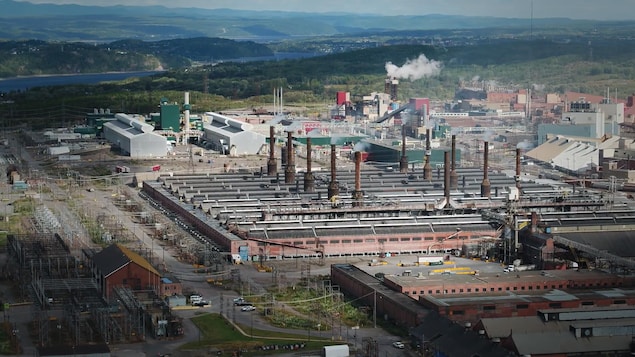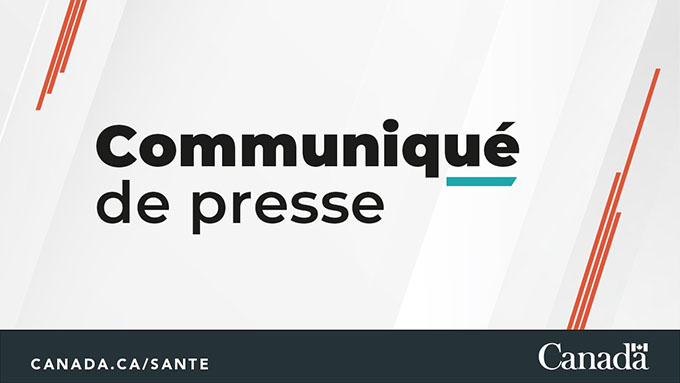This was determined by the Commission for Environmental Cooperation (CEC), which compiled and analyzed data reported by 24,000 industrial companies. This organization funded by the Canadian, American and Mexican governmentsCUSMAis tasked with facilitating cooperation between the three countries on environmental protection issues.
From 2014 to 2018, pollutant releases and transfers reported by North American industrial plants increased from 5.1 billion kg to 5.3 billion kg, a 3% increase.
Of this, almost 335 million kg was sent off-site for disposal every year – for example, by shipping cargo to an off-site facility.
In Canada and the United States, these transfers account for approximately 6% of the total pollutants declared each year, while in Mexico this proportion increased from 12% to 34% over the period studied.
The pollutants handed over for disposal pose 210 dangers to human health and the environment. These can be known or suspected carcinogens, substances that affect development and reproduction, or that can persist in the environment, the commission notes.
However, the criteria by which industries report to the Pollutant Release and Transfer Register (PRTP) varies from country to country. Those differences affect our ability to know the risks of their disposal
show the C.E.C in his report.
The Commission regrets that it does not know what happens to certain pollutants once they have been transmitted to third parties (e.g. disposal service providers) or across national borders
.
Different pollutant lists for declaration
The pollutants that companies have to declare are not the same from country to country. Canada has more than 320, while the United States and Mexico have more than 700 and nearly 200, respectively.
Manganese and zinc compounds, for example, which are among the top pollutants according to reported amounts, fall under the PRTR in Canada and the United States, but not in Mexico (with the exception of one zinc compound).
Total phosphorus is reported in large part in Canada; it accounts for 89% of all shipments for disposal in the country
cites Danielle Vallée as an example, responsible for the pollutant release and transfer register component at C.E.C.
This phosphorus, once sent across the border for disposal, does not need to be reported to either the United States or Mexico.
Likewise, barium, a metal that accounts for 87% of declared transfers in the United States, is undeclarable in Canada and Mexico.
” What if barium is shipped from the United States to Canada or Mexico and is then not on the reportable pollutant list? We just lose the ability to know. »
The Commission is also urging Canada and Mexico to follow the example of the United States and include perfluoroalkyl and polyfluoroalkyl substances (PFAS), also known as “perpetual pollutants” because of their ability to persist in the environment, in their list of pollutants to be reported.
These substances, which are particularly found in food packaging and fire-fighting foams, are linked to cancer, thyroid and liver problems, and birth defects
emphasizes the C.E.C.
High levels of PFAS have also been found in sewage sludge-based biosolids used on farmland “in the United States and elsewhere,” according to the commission. Last March, the Legault administration also imposed a moratorium on the use of American biosolids, the distribution of which Maine has banned as a precautionary measure.
Top pollutants reported in North America, 2014 to 2018
They alone equal almost 45 % of totals reported annually.
- Zinc and its compounds
- Manganese and its compounds
- Lead and its connections
- copper and its compounds
- nitric acid and nitrate compounds
The sectors that have to report pollutant releases and transfers are also not the same in all countries. In Canada, pollutants are found to be leaking into the water [comme le phosphore total] are mostly reported by sewage treatment plants, Ms. Vallée explains. But this sector doesn’t have to make a statement in the United States. And in Mexico it falls under the churches.
The oil and gas exploration sector, which is covered by the pollutant release and transfer registers in Canada and Mexico, is not included in the United States. However, starting in reporting year 2022, natural gas processing facilities in the United States will be required to file reports.
add the C.E.C.
These differences mean that only half of the 20 main pollutants identified in the different registers have to be declared in the three countries.
There C.E.C also noted that establishments that had declared a shipment of industrial waste had reported an “inaccurate, even non-existent” destination.
While Canada’s registry is “fairly complete,” according to Ms. Vallée, those of Mexico and the United States would merit an update to allow comparison of data on pollutant releases and transfers.
” We are three countries, we share ecosystems, hydrological basins. In order to manage them well, it is necessary to know the information on the different pollutants emitted on both sides of the border. »
According to Danielle Vallée, monitoring the circulation of industrial waste and pollutant releases is all the more important in the face of climate change as extreme weather events will increase.
When a landfill or landfill is affected by flooding, you need to understand the risk that the pollutants there pose to nearby rivers, groundwater and communities
She explains. You need to know this to be able to react quickly to a disaster.

Award-winning entrepreneur. Baconaholic. Food advocate. Wannabe beer maven. Twitter ninja.






